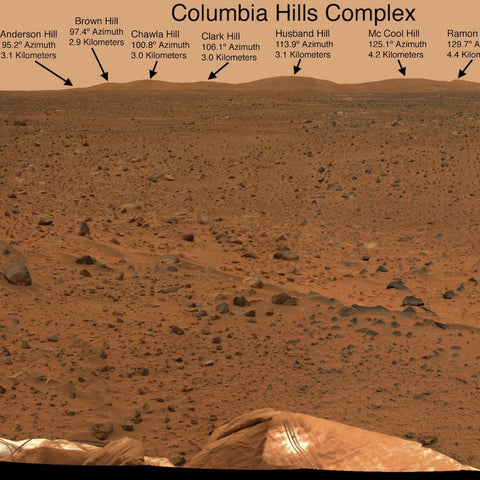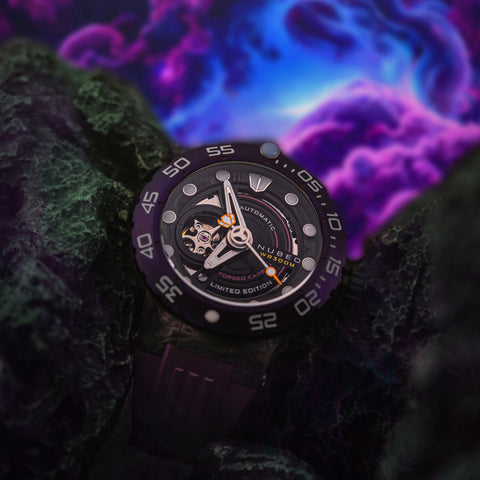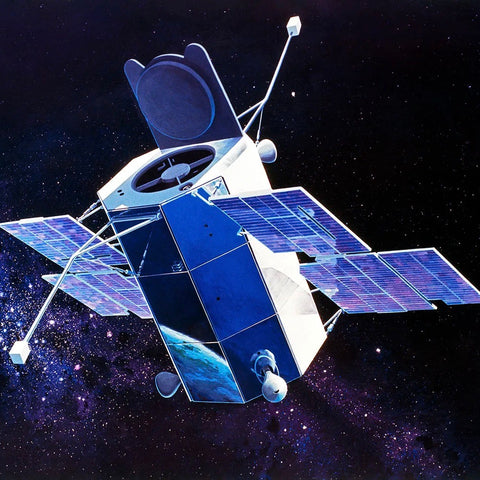In the vast expanse of the Red Planet, two intrepid explorers embarked on a mission of scientific discovery that captivated the world's imagination. Spirit Rover and Opportunity Rover, the Mars Exploration Rovers, were sent by NASA to explore the Martian surface, uncover its geological secrets, and search for signs of past water activity. Join us as we delve into the dual expeditions of these rovers, revealing the wonders they uncovered during their remarkable journeys.
Spirit Rover, Opportunity Rover: Launch and Arrival:
Launched in the summer of 2003, Spirit Rover and Opportunity Rover touched down on Mars in January 2004, each targeting different regions of the Martian surface. Spirit Rover landed in Gusev Crater, a site believed to have once contained a lake, while Opportunity Rover touched down in Meridiani Planum, where signs of past water flow were evident. The rovers were equipped with a suite of scientific instruments to analyze rocks, soil, and the Martian atmosphere.
Spirit's Journey:
Spirit Rover, designed for a primary mission of 90 Martian days (sols), far exceeded expectations. It explored the landscape of Gusev Crater, discovering evidence of ancient volcanic activity and analyzing rocks that hinted at a watery past. Spirit Rover also climbed the "Columbia Hills," providing panoramic views of the Martian terrain. Despite facing challenges such as a broken wheel, Spirit Rover continued to transmit valuable data for over six Earth years.
Opportunity Rover's Watery Discoveries:
Opportunity Rover's landing site in Meridiani Planum revealed an extraordinary Martian landscape. The rover uncovered sedimentary rocks containing tiny spherical structures known as "blueberries," which were indicative of past water flow. Opportunity Rover's journey took it to Endurance Crater and Victoria Crater, where it further analyzed layers of Martian rocks, providing a glimpse into the planet's geological history.
The Resilience of the Rovers:
Both rovers demonstrated remarkable resilience, enduring harsh Martian winters and dust storms that threatened their solar panels. Engineers on Earth skillfully maneuvered the rovers, maximizing their efficiency and extending their mission lives. Spirit Rover continued transmitting data until communication was lost in 2010, while Opportunity Rover persisted until 2019, far surpassing their initial mission durations.
Scientific Legacy:
Spirit Rover and Opportunity Rover's scientific legacy is immense. The rovers provided evidence of Mars' wet past, suggesting that the planet once had conditions suitable for liquid water, a key ingredient for the possibility of past life. Their findings influenced the selection of landing sites for subsequent missions, including the Curiosity rover. The discoveries made by Spirit Rover and Opportunity Rover fundamentally altered our understanding of Mars' geological and environmental history.
The Mars Exploration Rovers, Spirit and Opportunity, embarked on dual expeditions that expanded our knowledge of the Red Planet. Their resilience, longevity, and groundbreaking discoveries have left an indelible mark on planetary exploration. While the rovers are no longer operational, the scientific data they transmitted continues to shape our understanding of Mars and contributes to ongoing missions aimed at unraveling the mysteries of our neighboring planet. Spirit Rover and Opportunity Rover exemplify the spirit of exploration and the enduring quest for knowledge that drives humanity to explore the cosmos.






